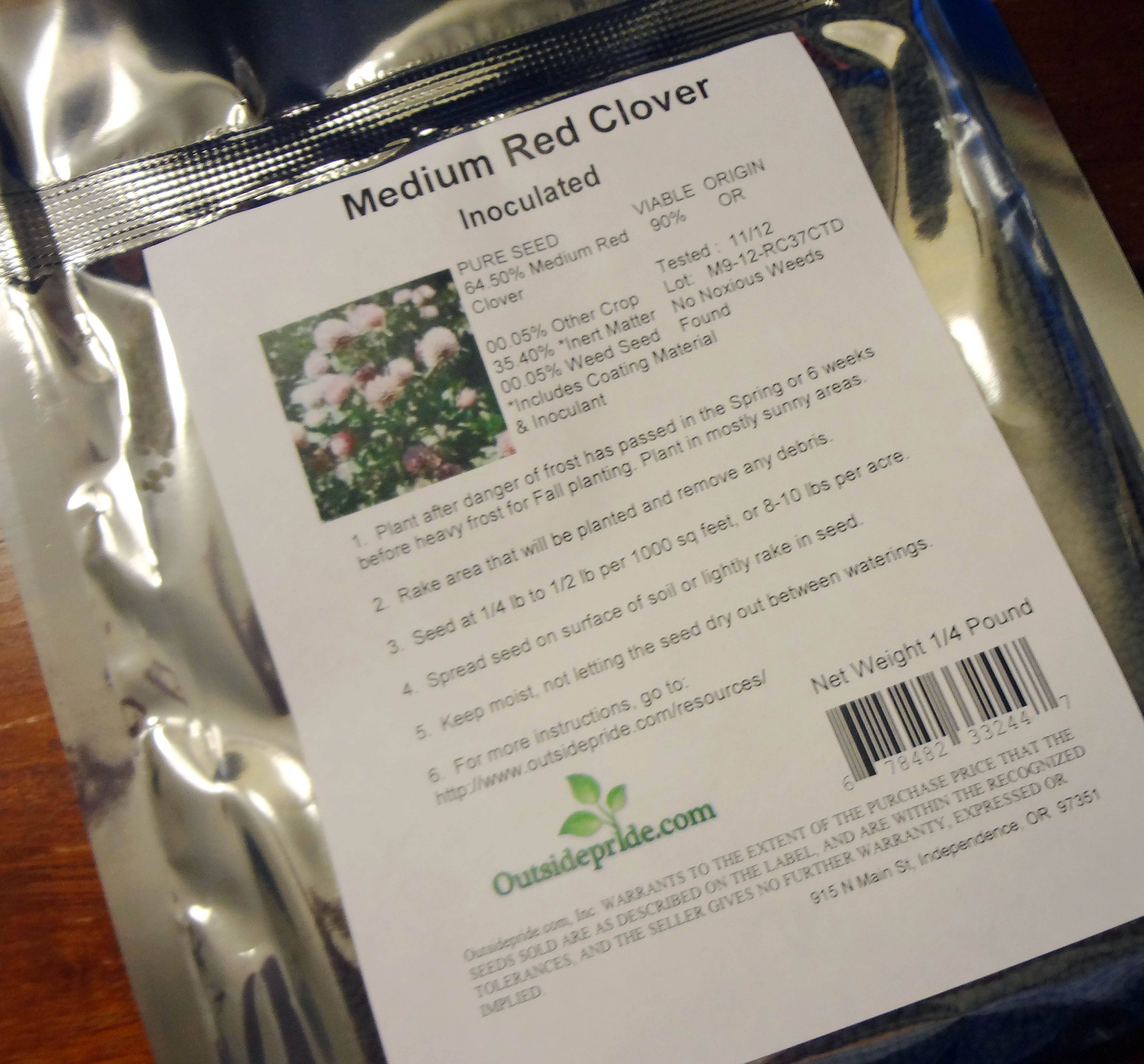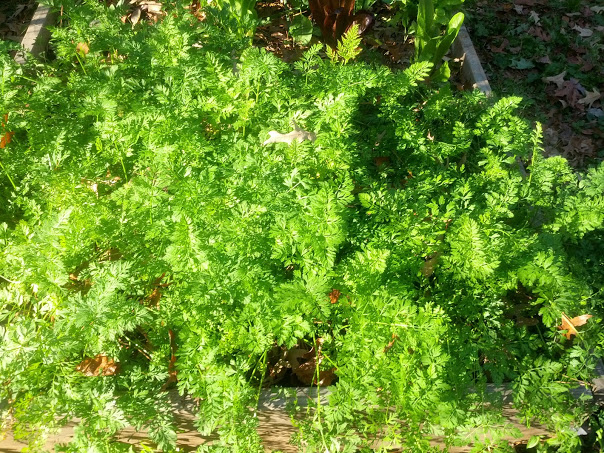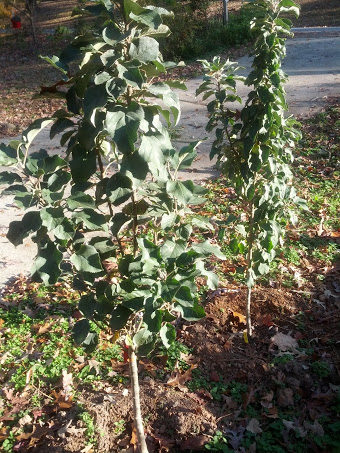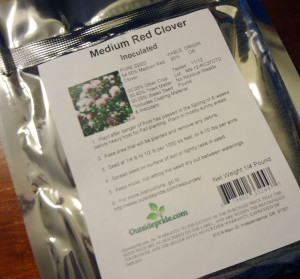
First, a quick overview of the changes I have neglected to mention. Despite my inattention, the garden was surprisingly productive during the late summer and fall, giving us plenty of eggplant, serrano peppers, tomatoes, and more carrots than we have been able to finish off completely. Soon! We also saw some more modest production of bell peppers.
I successfully reared eight asparagus from seed, which I have transplanted from the garden bed to a permanent asparagus bed elsewhere, with about 20 new crowns from two additional varieties. With any luck, we’ll be rolling in asparagus in the coming years.
We also got a single artichoke plant to grow from seed, which is better than none, but I have not yet figured out where the artichoke hedge is going. Soon!
Last but not least, we did some work on the border around the garden area, putting in some pretties near the curb and some edibles down the side of the driveway. We started three baby prickly pears (we’ll see how they do), three blueberry plants (to be joined by three more if they do well), two varieties of rosemary, and two columnar apple trees.
After harvesting a bunch of lettuce, and some kale and cabbage during the early and middle parts of winter, I have transplanted most of my remaining plants out of the bed and into pots to prepare the beds for spring. I have turned the soils and seeded with inoculated red clover.Red clover is supposed to be a great winter cover crop for the south. If it sprouts in time, I will cut it down once or twice to delay maturity and increased nitrogen-fixing, and then till it all under a couple weeks before transplanting my veggies outdoors. Doing this should help maintain if not improve my soil. We shall see!
Meanwhile, I’ve been discovered by the ranks of seed catalogs! I have gotten eight so far. It was a little overwhelming, but also fun to go through all of the catalogs. I even got one from Michigan Bulb Company, which is supposedly a terrible company. I ordered all my seeds from Southern Exposure Seed Exchange, a neat company that has a focus on heirlooms and plants that do best in the mid-atlantic and southern states.
Here’s the full list we’ll be growing in the spring, summer and early fall:
Provider snap bush bean
Dean’s purple snap pole bean
Sparkler white tip radish
Danvers 126 carrot
Cosmic Purple carrot
Jupiter sweet bell pepper
Jalapeño hot pepper
Serrano Tampiqueno hot pepper
Fish pepper (hot)
Radiator Charlie’s Mortgage Lifter tomato
Roma VF tomato
Glacier tomato
Arkansas Little Leaf pickling cucumber
Golden Bush Scallop summer squash
Tender Grey zucchini
Spaghetti squash
Delicata Zeppelin squash
Wild Garden lettuce mix
Arugula
Burmese okra
Catskill (Long Island improved) brussels sprouts
Personally, I am pretty excited about the line-up, especially the Mortgage Lifter tomatoes, which are supposed to be between two and four pounds each! I used the free trials of the garden planning tool that Southern Exposure has (I’m pretty sure most of the seed/plant places sell the same one) to get both the garden beds planned out. It’s a really neat tool, because it identifies what families the various vegetables belong two, and indicates how many years you should avoid planting veggies from the same family in that spot.
So, everything is all set. This week is the time to direct sow carrots and radishes. Then in a week or two, it will be time to start the first of the seeds indoors. I can’t wait for spring!
emily
Nerd. Foodie. Gamer. Homecook. Perpetual planner. Gardener. Aspiring homesteader. Direct response graphic designer. I use too many damn commas.




